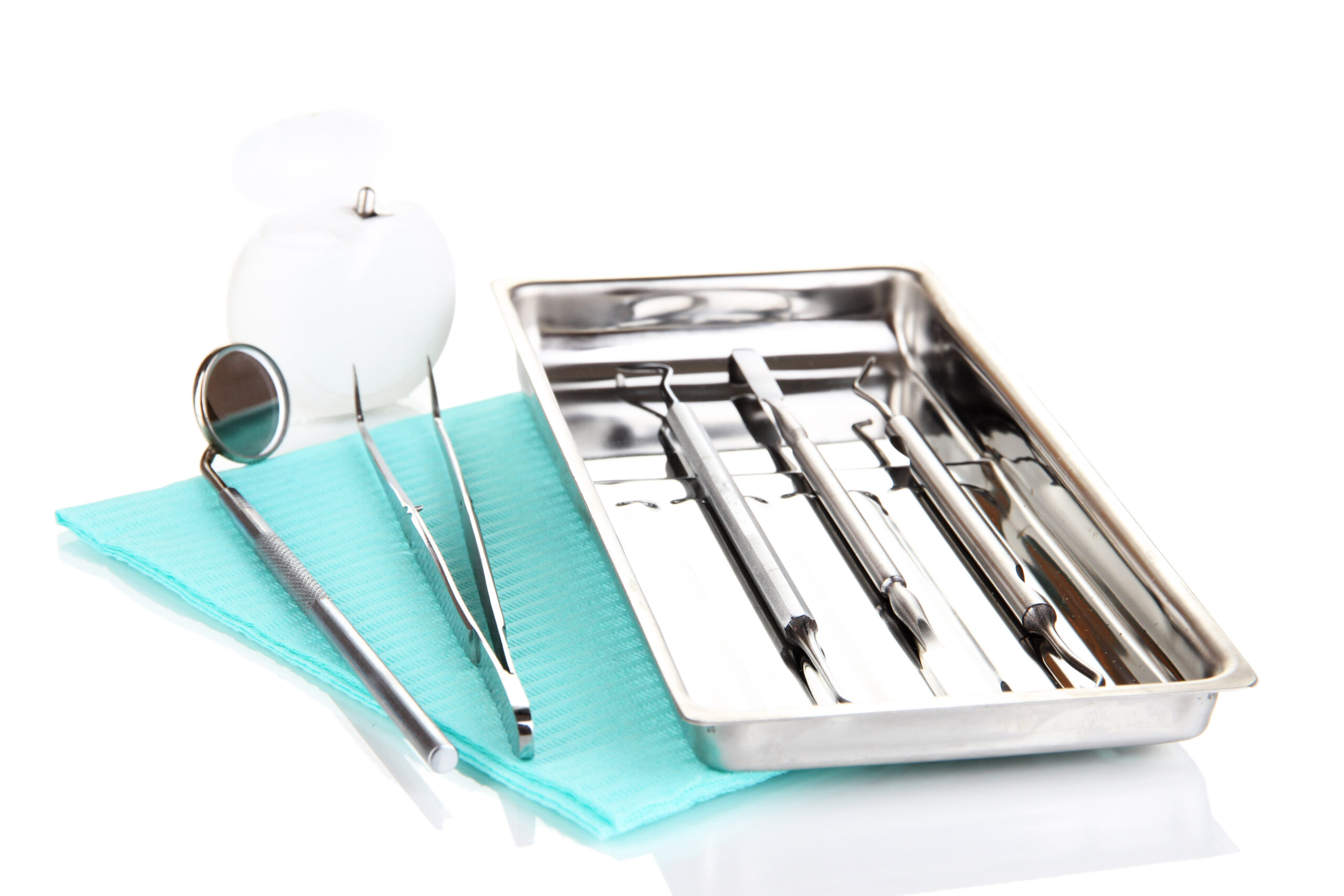Maintaining the highest standards of hygiene in dental practices is crucial to ensure patient safety and prevent cross-contamination. Sterilization techniques for dental instruments are essential in eliminating pathogens that can lead to infections. This article explores various sterilization methods, their effectiveness, and best practices for dental professionals. Importance of Sterilization in Dentistry Dental instruments come into contact with blood, saliva, and other bodily fluids, making them potential vectors for transmitting infectious diseases. Proper sterilization is necessary to:
- Eliminate all microbial life, including bacteria and viruses.
- Prevent the spread of diseases such as hepatitis B, HIV, and other infections.
- Ensure compliance with health regulations and standards.
Common Sterilization Techniques
- Steam Sterilization (Autoclaving): Steam sterilization is the most widely used method in dental practices. It involves exposing instruments to high-pressure steam at a temperature of 121°C to 134°C for a specified duration.
- Advantages:
- Highly effective against a broad range of microorganisms.
- Fast and efficient; typically takes 15-30 minutes.
- Non-toxic and environmentally friendly.
- Disadvantages:
- Instruments must be compatible with moisture.
- Requires regular maintenance of autoclaves.
- Advantages:
- Chemical Sterilization: Chemical sterilization uses liquid chemical agents such as glutaraldehyde or ortho-phthalaldehyde (OPA) to disinfect instruments.
- Advantages:
- Suitable for heat-sensitive instruments.
- Effective against a wide range of pathogens.
- Disadvantages:
- Requires prolonged exposure times (up to 10 hours for complete sterilization).
- Potential health risks from fumes and skin contact.
- Advantages:
- Dry Heat Sterilization: This method involves using hot air to kill microorganisms at temperatures of 160°C to 180°C for at least two hours.
- Advantages:
- Ideal for materials that may be damaged by moisture.
- No corrosion of instruments.
- Disadvantages:
- Longer processing times compared to steam sterilization.
- Ineffective against certain types of spores unless used at higher temperatures.
- Advantages:
- Ultrasonic Cleaning: While not a sterilization method per se, ultrasonic cleaning is often used before sterilization to remove debris from instruments using high-frequency sound waves in a cleaning solution.
- Advantages:
- Thoroughly cleans intricate areas that are difficult to reach manually.
- Reduces the load on sterilizers by removing organic matter.
- Disadvantages:
- Requires additional steps before sterilization.
- Instruments must be dried and packaged afterward.
- Advantages:
Best Practices for Instrument SterilizationTo ensure effective sterilization, dental practitioners should adhere to the following best practices:
- Pre-Cleaning: Instruments should be rinsed immediately after use to remove blood and debris before sterilization.
- Proper Packaging: Use appropriate materials (e.g., pouches or wraps) that allow steam penetration while maintaining sterility post-sterilization.
- Regular Maintenance: Autoclaves and other sterilizing equipment should be regularly serviced and calibrated according to manufacturer guidelines.
- Monitoring Sterilization: Implement biological indicators (spore tests) regularly to verify the effectiveness of the sterilization process.
- Training Staff: Ensure all dental staff are trained on proper sterilization protocols and understand the importance of infection control measures.
Conclusion:
Effective sterilization techniques are vital in dental practices to protect both patients and healthcare providers from infections. By employing methods such as steam sterilization, chemical disinfection, and ultrasonic cleaning, dental professionals can ensure that their instruments are safe for use. Adhering to best practices not only enhances patient safety but also upholds the integrity of dental care standards. Regular training and monitoring are essential components in maintaining a sterile environment in any dental setting.
